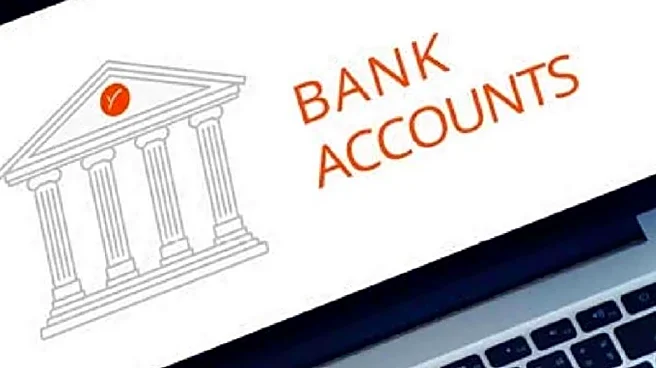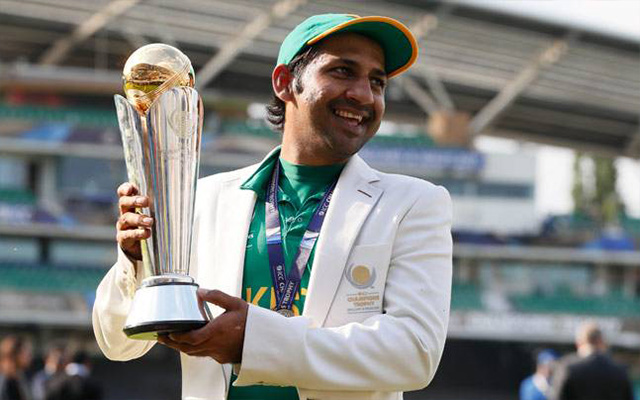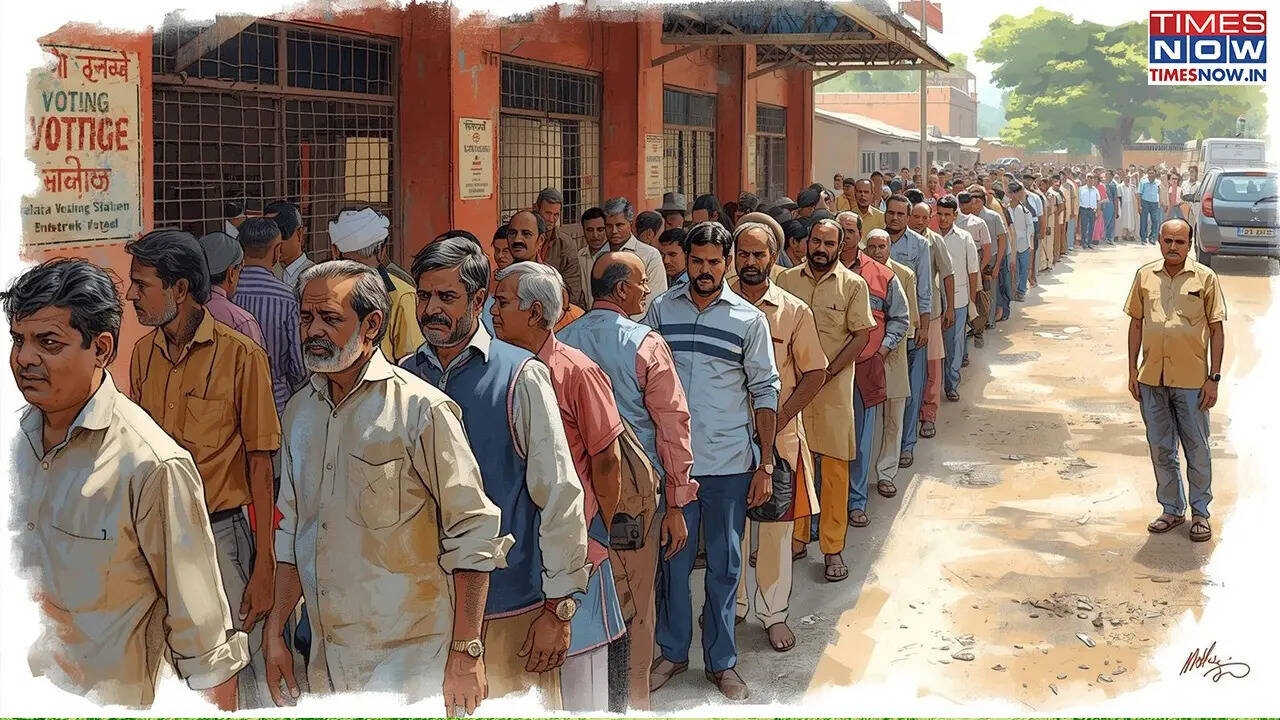Banks label an account as dormant when there has been no customer-initiated activity for ten consecutive years. This applies to savings accounts, current accounts and even fixed deposits that have matured without any movement. Once marked dormant, the account shifts to the bank’s inactive ledger, may stop earning interest, and cannot be used for withdrawals or online transactions. As per RBI guidelines, banks must try to reach out to customers before classifying an account as inactive.
How to start the reactivation process
Reactivation begins with completing or updating your KYC details. You must visit your home branch with your Aadhaar, PAN, a recent passport-size photograph, and updated address proof if applicable. The bank will verify your identity, update its records and initiate
the reactivation request. In most cases, you will also be asked to make a small deposit or withdrawal to show fresh customer activity. Once this is done, the account is usually activated within a few days.
Charges and delays to watch for
Although the RBI prohibits banks from charging any fee for making an account dormant, certain charges may still surface after reactivation. These include SMS alert fees, minimum balance penalties or cheque-book charges that accumulated silently over time. Some banks may also take up to two weeks to verify old KYC data or signature records. Outdated mobile numbers or email IDs can prolong the process further. If the balance is very old, the bank may also need to check whether it has already been transferred to the RBI’s Depositor Education and Awareness Fund (DEAF).
If your money has already moved to the RBI
Even if the funds have been transferred to the RBI after ten years of inactivity, you can still reclaim them. First, the account must be reactivated. Then the bank will initiate a claim on your behalf. Your documents are sent to the RBI, and once verified, the amount is refunded. This stage typically takes longer due to extensive back-end checks on identity, signatures and old account records.
FAQs
Can I reactivate a dormant account online?
No. RBI regulations require physical verification. You must visit the home branch with your KYC documents.
What if my signature has changed?
The bank will take fresh signature samples and may ask for a notarised declaration confirming the change. In some cases, in-person verification before a bank officer is required.
Is my money safe if the account has been dormant for over ten years?
Yes. Banks must transfer such balances to the RBI’s DEAF fund. You can claim this money anytime after completing the reactivation and verification process.







![‘People will always talk, but self-belief matters most’ - Virat Kohli’s timeless lesson driving Anuj Rawat forward [Exclusive]](https://g-mob.glance-cdn.com/public/content/assets/partner/images/s-ccf61f708f-c7a108a6-7845-5b85-bea8-00294fa73c47-image-176338761889736158.jpeg)



![Anuj Rawat reveals game-changing wisdom gained from MS Dhoni [Exclusive]](https://g-mob.glance-cdn.com/public/content/assets/partner/images/s-ccf61f708f-dab4aa77-2aaf-5d4d-b93d-be6763b27a56-image-176338757783165456.jpeg)
![Anuj Rawat calls Gujarat Titans' environment 'more friendly' than RCB [Exclusive]](https://g-mob.glance-cdn.com/public/content/assets/partner/images/s-ccf61f708f-f1779d8f-259c-5cd7-b120-84c82a8e1648-image-176338754337770866.jpeg)




